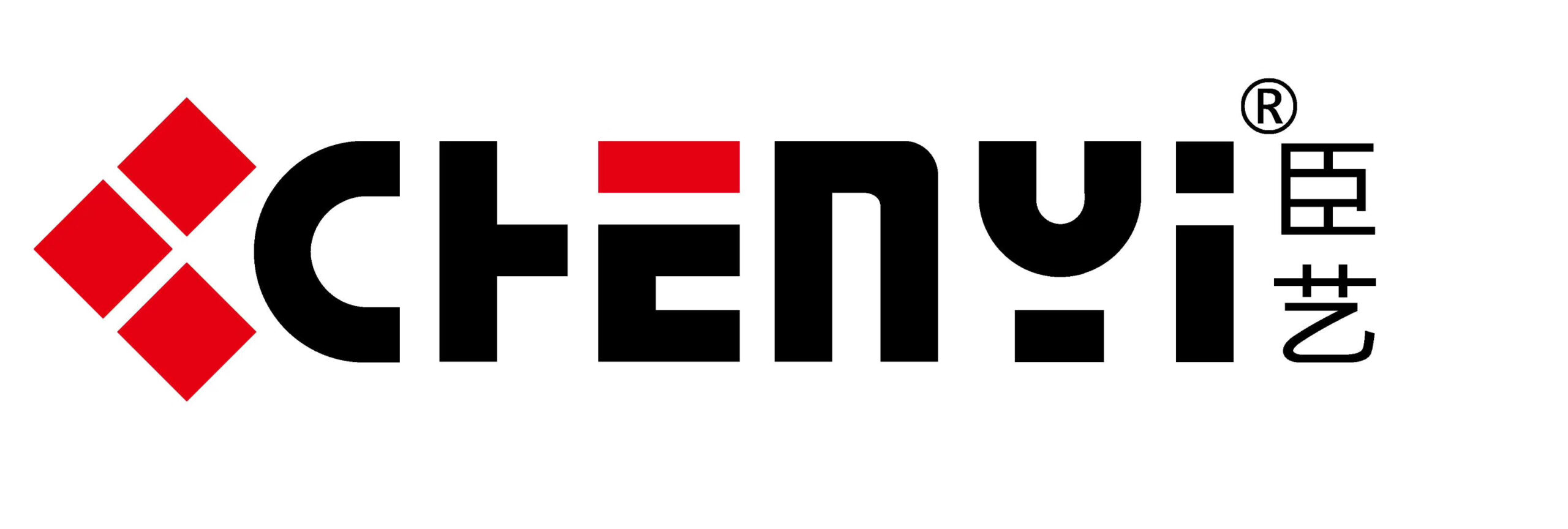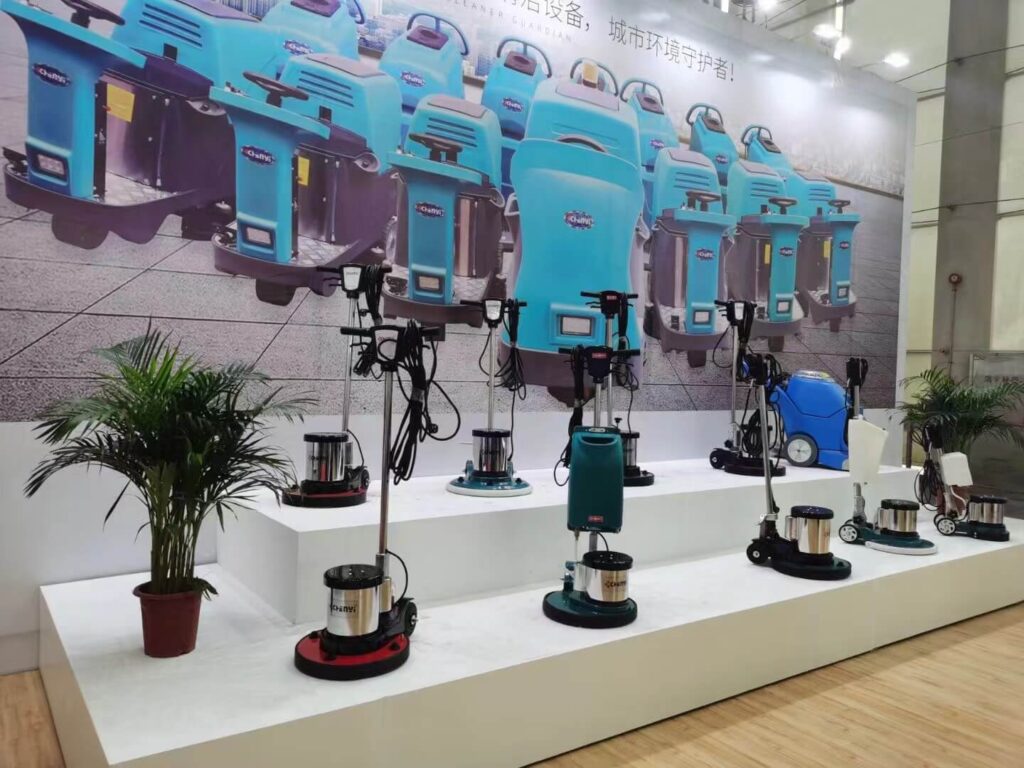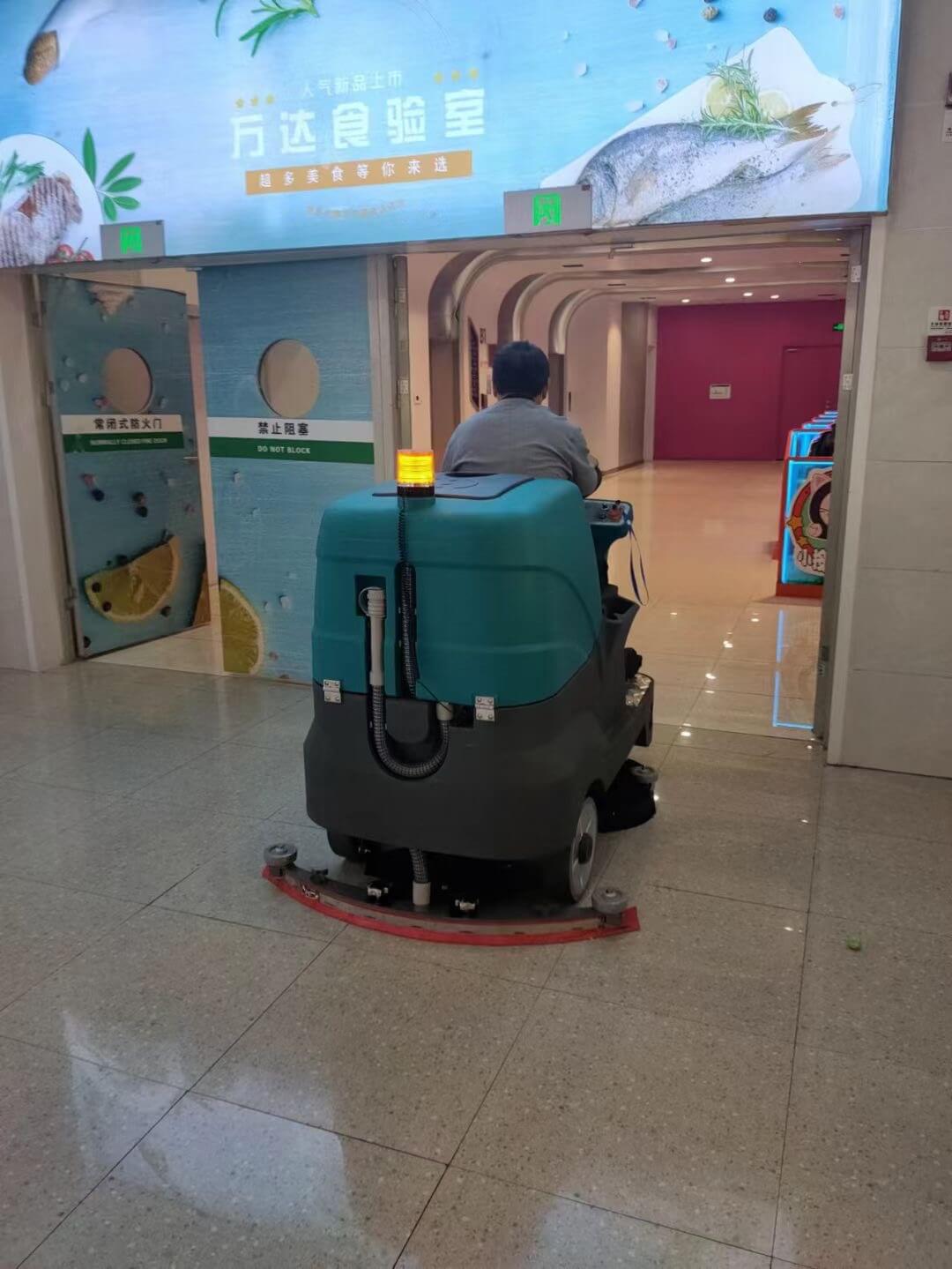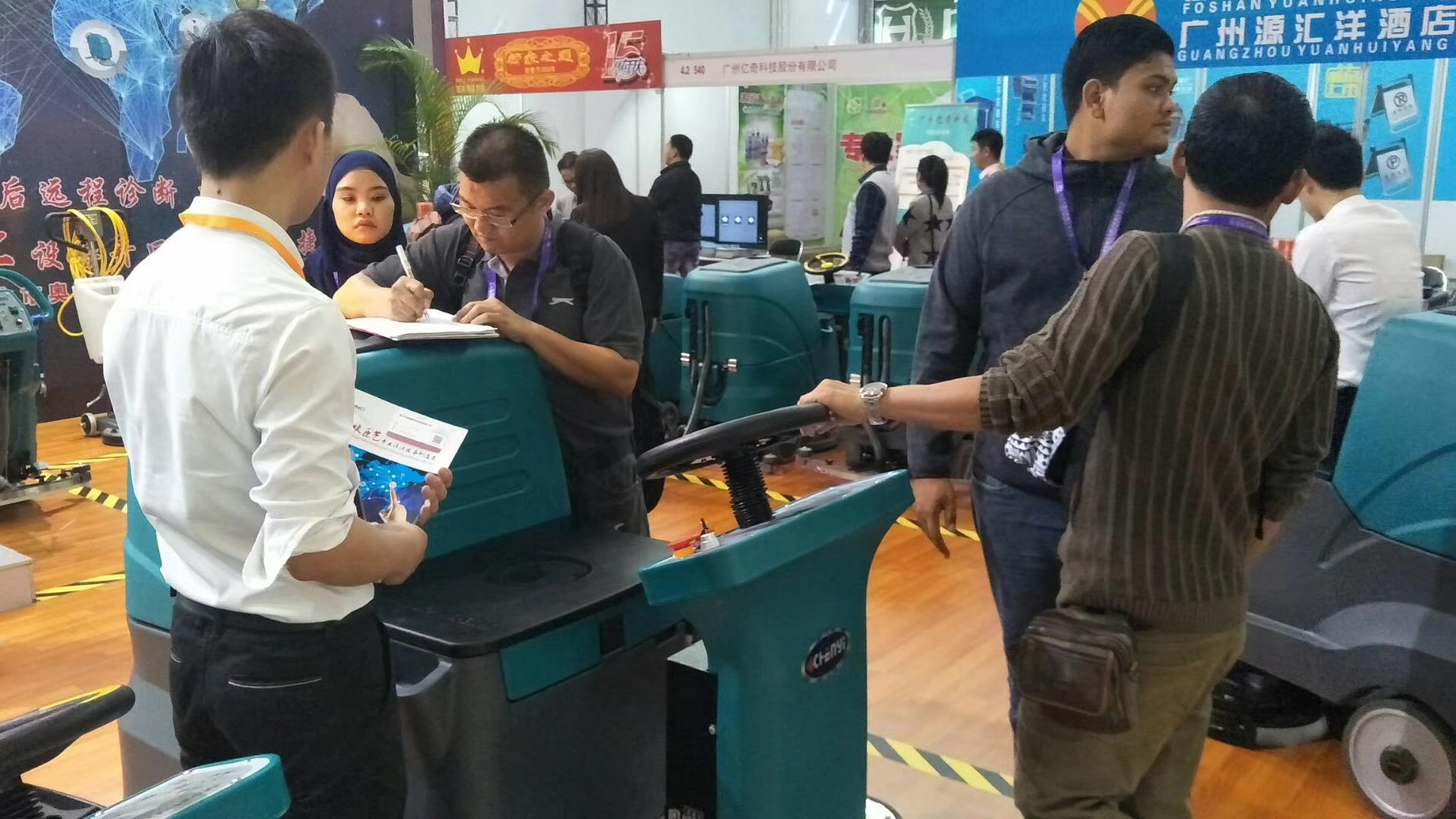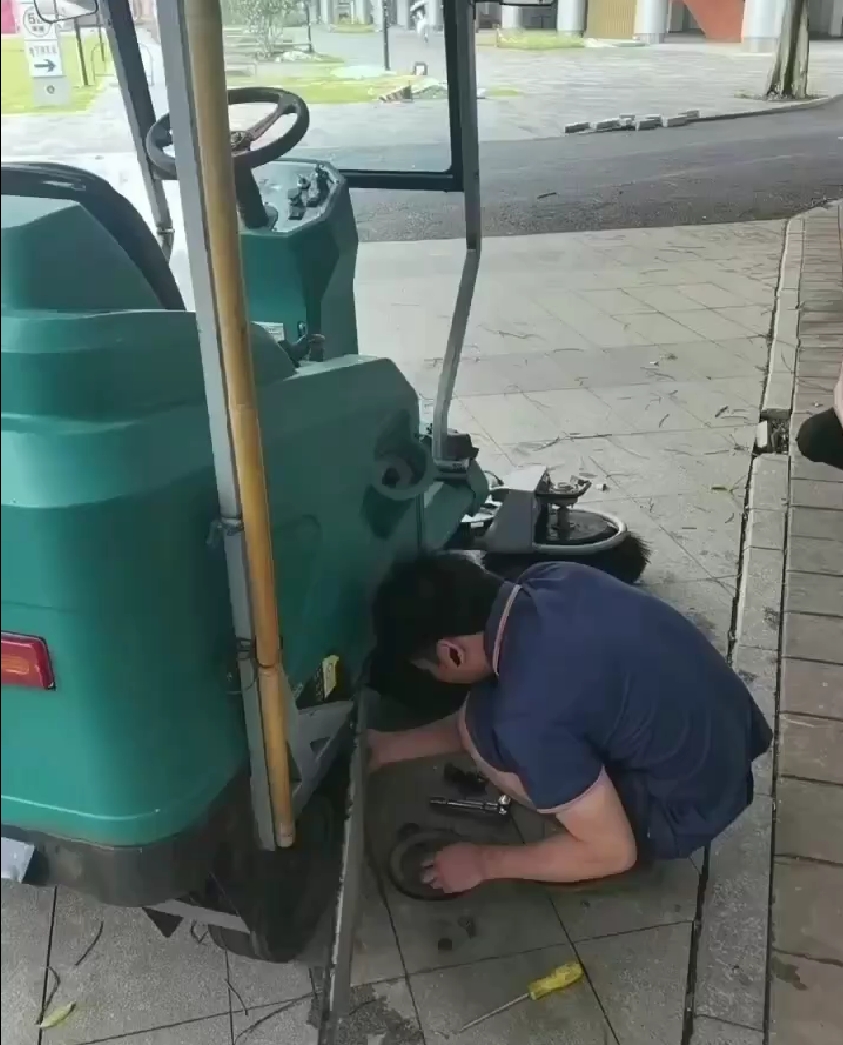How to avoid poor quality?
·Now, you’ve done your research to find a good supplier, finally found one, and have even made an order for products. The next step should be to perform quality checks. Quality control should be done well before the manufacturing process begins. So that after verifying the sample product, you can now find out what step the supplier will take to keep quality under check.
·Keep this in mind:
·Product quality often depends on the raw materials used to produce it. The steps that a manufacturer will take during the process of manufacturing are also vital and should be continuous. So once your order is ready, you can do either of the following things to verify their quality;
·Trust the supplier and their steps for quality control. This is only recommended if your order is small. If you made a larger order, then this might not be the best step.
·For larger orders, you can have a representative from your supply chain to manage quality control. Note, that this is only possible if you have resources in China. You can use the resources to keep watch on the product quality throughout the production stage.
·
·Let’s talk about the latter which is using third-party inspection services.
·First of all, what is a third-party inspection company? Well, this is a company that acts on behalf of companies and individuals that import from China.
·They are companies that act in your best interests (as a buyer) to ensure that you receive goods of good quality. Basically, what these companies do is send inspectors to your supplier’s factory/warehouse to verify the quality of goods produced.
·
·6. Product Inspections by the third party
·After your product has been manufactured, you can hire a third party to inspect the product itself. Afterward, you will receive a 10 – 20 page report (with photos) detailing any defects that were found during the inspection. These reports are very thorough and are broken down by minor, major, and critical issues, complete with detailed descriptions. A legitimate inspector will also give an overall “pass/fail” grade.
·
·Please note:
·While third-party inspectors work in your best interest, they always try to stay neutral during the inspection process. This neutrality helps them greatly to provide nonbiased reports.
·So how do you contact them?
·Easy, there are very many companies offering third-party inspection services in China. All you need to do is search online and pick a company whose package, experience, and service provision seem to be most promising. As you do this, ensure that you consider companies that are recognized by the Chinese government.
·These should be companies that have ISO 9001 and AQSIQ certifications. Once you find a potential company to work with, you can contact them directly on their website. You can also make contact via email, phone call, or Skype to the company and inquire about their services and charges.
·
·Arranging the Inspection
·Okay, you already know how to find and contact a third-party inspection company. But do you know how to go about the inspection process? Well, let’s find out. As we all know, quality control is critical in the import from China business.
·
·Quality control has to be done right from when manufacturing begins to when goods are packaged. That said, the process of inspection is simple. For one, you need to decide on who will conduct the inspection.
·Let’s say you choose to use a third-party inspection company; this is how it will go down: You will get samples from your supplier, verify its quality, and make recommendations on how you want the final product to be. After this, you will then give this sample together with the recommendations to the inspection company.
·Now, third-party inspection companies work on your behalf as your savior in case of a non-compliant production.
·
·Note that the sample you provide to the inspection company will be used as a reference for the inspection process. This is where you’ll realize the importance of giving clear instructions to the supplier for the sample preparation process.
·Tip: Beware not to allow for the inspection to be done without a sample. Otherwise, you will be disappointed when the final reports do not match your expectations.
·
·The point of importance:
·Never expose the FOB price in the purchase order. You can blank it out as the inspectors may pass it on to competitors. You may choose to ignore this fact but know this; inspecting companies work for a myriad of customers. This means that they’ll frequently run into counterparts from other companies in their line of work Knowing this, FOB prices are not something you would want inspectors to discuss among themselves.
·As such, do not give them that chance by showing the FOB price on your purchase order copies.
·The bottom line:
·Along with other instructions from you, the inspector will include vital information from your purchase order to the checklist. This like I said, you’ll have to okay. Usually, the checklist contains photos of details the inspection company needs to familiarize itself with. Generally, the more information you provide, the better the inspection company can do the job. Once everything is clear, you can proceed to book your inspections online.
·
·Note that booking the inspection must be done in advance. This should be at least seven working days to when you expect production to complete. It can also be seven days before the date when at least 80% of the production will have been done.
·
·Inspectors will only accept to conduct an inspection when a majority of the production is complete. This includes packaging and labeling of the products whose production has been completed. If you book an inspection when less than 80% of production is done, the inspector may refuse to do it. This will mean that the inspection will have failed and as such the supplier will have to incur an extra charge for this.
·
·This is to help both parties coordinate their workforce for the inspection. After all this, you’ll have to wait for the inspection company to do their work and provide you with a report afterward. You’ll use the report to verify if the supplier has met your specifications and requirements comprehensively.
·
·
·How to negotiate with Chinese Suppliers?
·Now, to order, you need to begin by negotiating the terms of sale. Negotiation plays a critical role in the import from China business: Terms of payment, shipping method, etc.
· As you negotiate, don’t forget the fact that every supplier would have a price limit below which they can’t go. This means that you’re likely to end on the negative side. When this happens, the supplier may end up using low-cost materials, low quality, manufacturing, shoddier packaging among other things.
·
·As such, take importance in your primary objective to build a long-term relationship. You should never negotiate too much during the first order. Agreeing to a slightly higher price the first time increases your chances of getting discounts for subsequent orders.
·
·One more thing, coming to terms with Chinese suppliers is an unending process. It is quite a common thing that you should anticipate when importing from China. So how do you go about negotiating?
·
·First, Talking of COMMON INCOTERMS
·1 INCOTERMS – All prices are based on an Incoterm
·In international trade, all prices are based on an Incoterm. For example, a price quotation can be based on EXW, which includes no transportation at all. The cargo is simply left for the buyer to pick up in the factory warehouse.
·At the opposite end of the spectrum, the supplier can also quote a DAP price, which includes transportation to the buyer’s address, regardless of where in the world the buyer is located.
·Obviously, a DAP price is, therefore, more expensive than an EXW price – as the former includes freight from A to Z, while the latter does not. Without a specified Incoterm, you cannot assess whether you are quoted at a reasonable price.
·
·EXW(ExWorks)
·EXW does not include transportation. Hence, you must arrange delivery from the factory floor to the Port of Loading. Further, you may also face complications if your cargo is inspected by the local customs authorities, as EXW doesn’t include export clearance. Sometimes, export clearance can be managed by the freight forwarder, but not always. While EXW looks cheap, you may end up paying more than you should.
·
·FOB(FreeonBoard)
·FOB is the most common Incoterm when buying from Asia. The supplier is responsible to ensure safe delivery to the Port of Loading (i.e., Shanghai or Shenzhen), where your forwarder receives the cargo. As FOB also includes export clearance, the supplier is also responsible for this part.
·This Incoterm gives you a lot of flexibility, as you can from this point arrange shipping according to your own needs, dealing directly with the forwarder.
·
·CIF(Cost,Freight and Insurance)
·CIF includes shipping (and insurance) to the Port of Destination (i.e., Amsterdam or New Jersey). However, CIF does not include local charges, which are billed in the Port of Destination. Hence, it’s common that buyers accept (seemingly) cheap CIF prices, only to end up paying four to five times more in local charges when the cargo arrives.
·
·DAT(Delivered at Terminal)
·DAT includes shipping to the Port of Destination and local charges. Hence, you can avoid unpleasant surprises.
·DAP(Delivered at Place)
·DAP includes everything that is included in DAT and forwarding from the Port of Destination to the buyer’s address. Hence, DAP takes your cargo from A to Z.
·
·Duties Talk to your carrier or freight forwarder about any duties that you are expected to pay. It’s best to estimate higher fees upfront to cover any unexpected costs.
·
·RECOMMENDATION
·We advise you to ship according to FOB terms and contract one of the freight forwarders listed in this module – or a local freight forwarder, with agents in China. If you rather let your supplier handle the shipment, we advise you to buy according to DAP terms.
·We advise you to avoid buying according to EXW and CIF terms, as it’s harder to get a pricing overview. In addition, importing products according to CIF terms, directly from the supplier, may also cause the following issues:
· Very few Chinese suppliers are aware of mandatory packaging regulations (i.e., ISPM 15). Many suppliers are not aware of the document requirements in the destination country
·An Incoterm is a three-letter code that specifies at which stage the cargo is transferred from the seller to the freight forwarder (appointed by the buyer), and finally, from the freight forwarder to the buyer. Incoterms differ, primarily, on the following factors:
· Is transportation from the factory warehouse to the Port of Loading (i.e., Shenzhen) included?
· Is export clearance (in the exporting country) included?
· Is the freight charge (from port to port) included?
· Is the freight insurance included?
·Are the local port charges in the Port of Destination (i.e., Amsterdam or New Jersey) included?
· Is inland transportation, from the Port of Destination to your address, included?
·
·Second, Talking of MOQ,
·What is Minimum Order Quantities (MOQ)?
·MOQ is an abbreviation of minimum order quantity. that refers to the minimum quantity of a product that a supplier is willing to sell. In China, this requirement is As keep telling you, Chinese products are affordable. This means that suppliers in China enjoy minimal profits as low as 2% to 3%. Like every other business, these suppliers are in to make profits and continue to stay in business.
·
·For that, they have to sell in large volumes otherwise hey want to be able to break even. Another reason for the high MOQs in China is because the suppliers also struggle to meet MOQs set by their subcontractors.
·Remember that manufacturers source materials and components from other suppliers. These other suppliers have a set MOQ for their products too. So, to meet the subcontractors, MOQ products suppliers in China also have to set high MOQs. This is the only way they can be able to keep buying on an order-to-order basis. And by the way, this is the reason why you’ll see different items in China having different MOQs.
·
·A third reason for the high MOQ could be because Chinese suppliers specialize in make-to-order production. Most of them don’t keep stock. If you consider this, you’ll realize that it is hard for them to supply goods in small quantities.
·
·Don’t worry though, MOQs can be lowered although not in all, but in most cases.
·You can choose to use standard materials and components for customizations. I understand that selling customized goods can be profitable for your business. Nonetheless, most of the items used to produce these products are expensive to acquire. If instead, you allow your supplier to use generic components that are easier to get, they’ll lower the MOQ. For a first MOQ, you can try to negotiate with the supplier to lower it a little bit since MOQs also vary with suppliers.
·
·Here is the truth;
·Most people overlook negotiations when it comes to MOQs. In a real sense, however, this should be the first step if you want it lower. As you do this, keep in mind that suppliers tend to be rigid in lowering MOQs. So even as you make the negotiations, try to keep it reasonable.
·
·Also, to be able to convince a supplier to lower the MOQ, you need to show seriousness. For instance, you can begin by ordering samples or visiting the factory/warehouse before negotiating the MOQ. You might even be lucky to find suppliers who don’t have MOQs. It all depends on the kind of product you want to import and in what quantity.
·
·Determine How Much You’re Going to Spend for Importing from China.
·Don’t underestimate the “extra” costs while import from China.
·The wholesale cost of your product is not simply the recorded cost of the item on the order, but the total cost of having it shipped to you, including taxes, tariffs, shipping, and insurance fees, below formula could be for your reference:
· Landing cost = cost of the goods + transport costs by forwarder + import duties (if any) + local transport costs + cost of service providers (inspections, agents, etc.).
·
·Even though imported goods can be less expensive than domestic goods, there are some additional costs associated with bringing in goods from China. Since what you pay the provider is only part of the cost. Even being such a distant country, there are times where freight and import are more expensive than the product, so you have to take that into account. That said, it’s essential for importers to understand how to calculate freight costs, manage risks and understand import duties and other taxes.
·
·So Undoubtedly, you must have your budget for all the costs for your business, including your sample cost, product cost, shipping cost, marketing cost, etc.
·
·A simple formula for determining how much you’re going to spend
· The whole process is to multiply the manufacturer’s price with the floor scrubbers. The answer will be the total amount you’ll spend and with this figure, you can now predict your profit even before you import the products.
·Example
·If you are importing 100 pcs of scrubber machines that cost USD$200 000 in total, all you need to do is to multiply USD$2000×100PCS=USD$2000 00. So USD$2000 00 is roughly the amount you need to cater for all expenses along the way.
·If you are satisfied with the cost and quality of the products (assuming you’ve already received your quality sample), go ahead and place an order with your chosen supplier.
·
·SHIPPING COSTS
·Shipping Methods and Transit Times
·When it comes time to ship your goods you’ll have to decide between shipping via ocean or air. The ocean is the most cost-effective method for larger shipments and has more options between the many carriers. This allows you to choose the best carrier for your shipment.
·
·Before making your decision, it’s important to decide which factors are most important to you, such as price, reliability, and transit time. All carriers will vary in their prices and routes, among other factors. For example, air will be faster but is usually more expensive than ocean shipping. So, this method of transport will be most beneficial when you need your products quickly.
·
·Shipping costs are mainly calculated based on the following three factors:
· Incoterm
· Volume
· Destination
· Oil price (current)
·
·Below follows an overview:
·PRIMARY COSTS
·One main reason why LCL cargo is more expensive, per shipped unit, is due to administration. The administrative work for freight forwarders, and all parties involved, is just as high when shipping LCL, as FCL – which in turn is reflected on the price.
·
·Importers that buy products from several suppliers, perhaps in different cities across China, can therefore save a lot of money, by coordinating all these LCL shipments, into one or more FCL shipments.
·This can be achieved if you coordinate your suppliers to ship to the same Port of Loading (i.e., forwarder warehouse) in China.
·
·How to calculate freight costs import from China? How can you cut down your shipping cost? This must be the number one question in your mind.
·For all of them, there is something you can do to reduce them for much more market competitiveness. If you are running the logistics independently, this should be one of the key factors for you to consider. Shipping cost is one of them you can cut down with smart action. You have to note sometimes your shipping cost may be higher than your product price. The more your business relies on the movement of goods, the more your business will benefit from cutting down your shipping cost. As such, it’s very imperative for you to analyze all the possible shipping costs, and get the best shipping cost for your business.
·
·Sea Freight Rates is Unstable from China since Covid 19
·It’s very important to understand how the sea freight rates can vary. You could be left out of pocket if you don’t allow for rate fluctuations in your calculations.
·
·Different Ports Mean Different Costs
·Sea freight rates vary from port to port. This can be due to a number of reasons, but it’s a good idea to know which port/s your supplier uses so you know the exact sea freight cost. If you’re shipping a pallet of goods from Guangzhou and your supplier is between the two, you could save money by importing it from Shenzhen which is less than 100 miles down the road.
·
·Why the difference?
·The size of the port is often a factor in the cost to ship goods by sea freight. Shanghai, for example, is the world’s busiest trading port which handles 32 million containers each year and therefore is cheaper than other Chinese ports due to economies of scale. Some ports, such as Zhongshan, don’t have services that run directly to the UK, so we have to arrange for a ‘feeder’ vessel to Hong Kong where the container is loaded onto the main ship; this additional transit would be an extra sea freight charge. Along with geography, these factors can cause the sea freight rates for shipping goods from China to vary quite a bit, so it’s always best to check if you have options with your supplier.
·
·Tip 1:
·Port of Destination Charges
·You must also consider the cost that you will incur at the destination port in terms of off-loading the cargo. Apart from that, you will look at the cost of taxes and customs that the destination country charges in imports.
·This is the cost of shipping your cargo from the loading port in China all the way to the destination port. In this case, there are two main ways that you will look at the cost of freight.
·i. High cost of freight will attract low local charges
·ii. Low cost of freight will attract high local charges
·The cost of freight will depend on the destination, weight, volume, and origin of the cargo you are shipping. The type and mode of shipping will also have an effect on the total freight cost from China.
·
·Tip 2:
·Fully use the container shipping capacity
·You need a basic calculation of product packaging before shipment. The specific method is to get your China supplier to design the packaging according to the volume of the container and the order quantity. For example, if the carton you use contains 12 pieces of your product, while one 20’ft container can’t hold enough in this way, you must change to use a carton containing 15 or 20 pieces to avoid the use of a 40’ft container.
·Then, work out an optimal packing scheme to reach the optimal state of filling a container based on the inner dimension of the container and customized packing size.
·Another tip is to consolidate the shipments, i.e instead of shipping separately, it is reasonable for you to put various orders from different locations into one whole container and ship together.
·
·Door to Door, Ocean Freight or Air Freight, Which One is the Right Option For Me?
·The shipping cost is a big expense when you import from China especially it continues to increase when affected by COVID-19. Importers always expect their shipments to be delivered at affordable rates.
·
·Cost
·The first and foremost deciding factor for most shippers is cost.
·Airfreight is faster, but several times more expensive than shipping by sea, this is due to the fact that air freight has more demand and jet fuel is more expensive per shipment than ocean carriers.
·Additionally, airplanes have higher operational costs than ships. Freight cost for air can be more than five times the cost of sea freight. For people with large supply chains, this may be an expensive method to rely on consistent shipments. Unless air travel is necessary, due to the content of the shipment or the needed date, this option will add up quickly.
·As such, plan ahead to avoid situations where you are forced to urgently ship cargo by air freight.
·
·Tip 1:Be Aware of Chinese Holidays and Plan Accordingly
·Chinese holidays usually last longer than most Western holidays. It’s common for some holidays to last for weeks at a time. If you’re having your goods manufactured in China, you’ll definitely want to be aware of any major Chinese holidays.
For example, Chinese New Year lasts for about two weeks and has a large impact on global supply chains. The government and all manufacturing shut down during this time. Ports and customs operate with a limited staff that focuses only on priority, perishable items. You’ll want to plan your shipments accordingly.
·
·Here are some other Chinese holidays to look out for:
·Labour Day Starts around May 1 and can last about a week.
·Dragon Boat Festival Begins on the 5th day of the 5th lunar month and lasts for 3 days.
·Chinese National Holiday: Begins from Oct 1st to Oct 7th and lasts for 7 days.
·Chinese New Year Starts in January or February and lasts for 7 days.
·
It does not end and there are 3 parts in all for this topic, let us go on for the part III next week.
·Looking forward to your comments, and follow us to learn more about cleaning solutions every day.
·
·PS: The article is only for individual sharing, if any infringement, pls contact me to delete it.
·The cleaning industrial reports are from the below website:
·1. https://www.cognitivemarketresearch.com/machinery-%26-equipment/industrial-cleaning-equipment-market-report
·2.https://www.grandviewresearch.com/industry-analysis/floor-cleaning-equipment-market
Contact Ms. Amazon Vivian for more.
Thank you !
